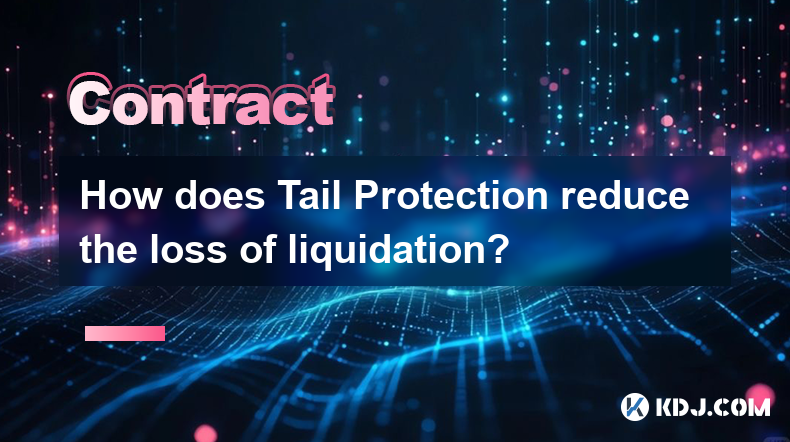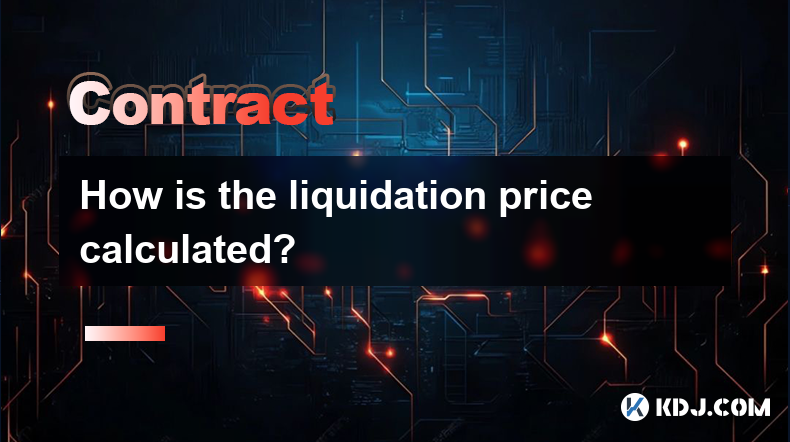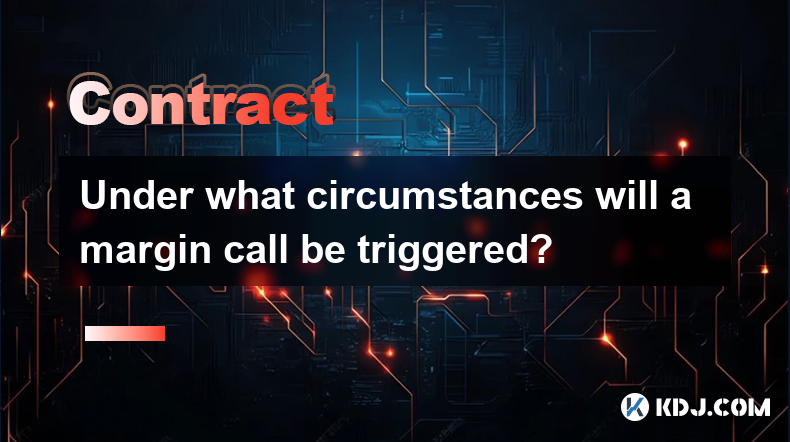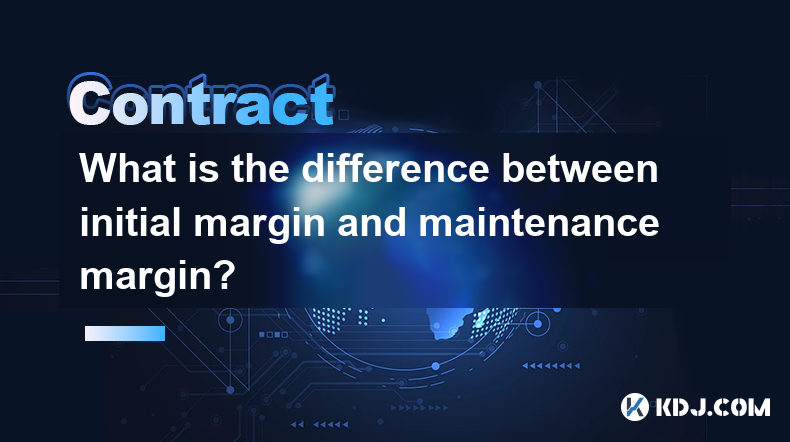-
 Bitcoin
Bitcoin $82,972.1210
2.66% -
 Ethereum
Ethereum $1,556.5991
0.67% -
 Tether USDt
Tether USDt $0.9994
0.03% -
 XRP
XRP $2.0190
0.69% -
 BNB
BNB $585.2539
1.02% -
 Solana
Solana $121.3432
5.21% -
 USDC
USDC $1.0001
0.02% -
 Dogecoin
Dogecoin $0.1593
1.80% -
 TRON
TRON $0.2443
3.62% -
 Cardano
Cardano $0.6257
0.23% -
 UNUS SED LEO
UNUS SED LEO $9.3379
-0.83% -
 Chainlink
Chainlink $12.5645
1.33% -
 Avalanche
Avalanche $18.9909
2.79% -
 Stellar
Stellar $0.2345
0.69% -
 Shiba Inu
Shiba Inu $0.0...01213
2.25% -
 Toncoin
Toncoin $2.8755
-1.17% -
 Sui
Sui $2.1733
0.19% -
 Hedera
Hedera $0.1660
-2.45% -
 Bitcoin Cash
Bitcoin Cash $313.1267
5.51% -
 MANTRA
MANTRA $6.4235
-0.19% -
 Litecoin
Litecoin $75.5959
1.00% -
 Polkadot
Polkadot $3.5519
0.62% -
 Dai
Dai $0.9999
0.01% -
 Bitget Token
Bitget Token $4.2991
0.85% -
 Hyperliquid
Hyperliquid $15.2864
2.68% -
 Ethena USDe
Ethena USDe $0.9988
0.03% -
 Pi
Pi $0.6838
14.75% -
 Monero
Monero $209.3662
3.22% -
 Uniswap
Uniswap $5.1800
1.14% -
 OKB
OKB $52.8717
-0.74%
How to calculate Bitget contract fees
Bitget's contract trading fees consist of taker and maker fees, with the taker fee being 0.08% and the maker fee 0.04%.
Nov 10, 2024 at 03:26 pm

How to Calculate Bitget Contract Fees
Bitget is a leading cryptocurrency exchange that offers a wide range of services, including contract trading. Contract trading is a type of derivative trading that allows traders to speculate on the future price of an underlying asset, such as Bitcoin or Ethereum.
When trading contracts on Bitget, it is important to understand how the fees are calculated. This will help you to make informed decisions about your trading strategy and to avoid any unexpected costs.
Bitget charges a taker fee and a maker fee for each contract trade. The taker fee is charged to the trader who takes liquidity from the order book, while the maker fee is charged to the trader who adds liquidity to the order book.
The taker fee is typically higher than the maker fee, as it is more difficult to take liquidity from the order book than it is to add liquidity. The taker fee on Bitget is 0.08%, while the maker fee is 0.04%.
In addition to the taker and maker fees, Bitget also charges a funding fee for each contract trade. The funding fee is a periodic payment that is made by the trader who is on the wrong side of the trade. The funding fee is designed to encourage traders to keep their positions balanced, and it is typically paid every 8 hours.
The funding fee on Bitget is calculated using the following formula:
Funding Fee = (Mark Price - Index Price) * Funding Rate * Contract SizeWhere:
- Mark Price is the current market price of the underlying asset
- Index Price is the price of the underlying asset at the time the contract was opened
- Funding Rate is the current funding rate for the contract
- Contract Size is the size of the contract
The funding rate on Bitget is typically positive for perpetual contracts, which means that traders who are long on the contract will pay the funding fee to traders who are short on the contract. The funding rate is typically negative for inverse perpetual contracts, which means that traders who are short on the contract will pay the funding fee to traders who are long on the contract.
Here are the steps on how to calculate Bitget contract fees:
- Identify the type of contract you are trading. Bitget offers two types of contracts: perpetual contracts and inverse perpetual contracts. Perpetual contracts are settled in the underlying asset, while inverse perpetual contracts are settled in USDT.
- Determine the taker fee and maker fee for the contract you are trading. The taker fee is 0.08% and the maker fee is 0.04% for all contracts on Bitget.
- Calculate the funding fee for the contract you are trading. The funding fee is calculated using the formula provided above. The funding rate for each contract can be found on the Bitget website.
- Add the taker fee, maker fee, and funding fee to determine the total cost of trading the contract.
- Consider the impact of the fees on your trading strategy. The fees on Bitget can have a significant impact on your trading profitability. It is important to factor the fees into your trading strategy and to adjust your trades accordingly.
Disclaimer:info@kdj.com
The information provided is not trading advice. kdj.com does not assume any responsibility for any investments made based on the information provided in this article. Cryptocurrencies are highly volatile and it is highly recommended that you invest with caution after thorough research!
If you believe that the content used on this website infringes your copyright, please contact us immediately (info@kdj.com) and we will delete it promptly.
- Nova Labs, the company behind the Helium blockchain network, has been dismissed of all charges by the U.S. Securities and Exchange Commission (SEC)
- 2025-04-12 12:00:13
- Roll20 Foreground Layer Promises Ambitious New Feature to Spice Up Your Digital Maps
- 2025-04-12 12:00:13
- Solana (SOL) Is Back in the Spotlight as Its Decentralized Exchange (DEX) Volume Skyrockets
- 2025-04-12 11:55:14
- 1894-S Barber Dime: One of the Rarest and Most Valuable US Coins
- 2025-04-12 11:55:14
- As attention shifts across the crypto market this week, a growing number of experienced investors are stepping away from the usual headlines and looking toward lesser-known assets
- 2025-04-12 11:50:13
- title: Bitcoin as a Hedge and Symbol of Freedom
- 2025-04-12 11:50:13
Related knowledge

How does Tail Protection reduce the loss of liquidation?
Apr 11,2025 at 01:50am
Introduction to Tail Protection in CryptocurrencyTail Protection is a mechanism designed to mitigate the risks associated with liquidation in cryptocurrency trading. Liquidation occurs when a trader's position is forcibly closed by the exchange due to insufficient margin to cover potential losses. This often happens in leveraged trading, where traders b...

How to judge the market trend by the position volume?
Apr 11,2025 at 02:29pm
Understanding how to judge the market trend by position volume is crucial for any cryptocurrency trader. Position volume, which refers to the total number of open positions in a particular cryptocurrency, can provide valuable insights into market sentiment and potential price movements. By analyzing this data, traders can make more informed decisions ab...

Why does a perpetual contract have no expiration date?
Apr 09,2025 at 08:43pm
Perpetual contracts, also known as perpetual futures or perpetual swaps, are a type of derivative product that has gained significant popularity in the cryptocurrency market. Unlike traditional futures contracts, which have a fixed expiration date, perpetual contracts do not expire. This unique feature raises the question: why does a perpetual contract ...

How is the liquidation price calculated?
Apr 12,2025 at 01:35am
Introduction to Liquidation PriceLiquidation price is a critical concept in the world of cryptocurrency trading, particularly when dealing with leveraged positions. Understanding how this price is calculated is essential for traders to manage their risk effectively. The liquidation price is the point at which a trader's position is forcibly closed by th...

Under what circumstances will a margin call be triggered?
Apr 08,2025 at 02:43pm
Margin trading in the cryptocurrency market allows traders to borrow funds to increase their trading position, potentially amplifying both gains and losses. A critical aspect of margin trading is understanding when a margin call might be triggered, as it can significantly impact your trading strategy and financial health. In this article, we will explor...

What is the difference between initial margin and maintenance margin?
Apr 11,2025 at 01:14pm
In the world of cryptocurrency trading, understanding the concepts of initial margin and maintenance margin is crucial for managing risk and maximizing potential returns. These terms are fundamental to margin trading, a practice that allows traders to borrow funds to increase their trading position. Let's delve into the differences between initial margi...

How does Tail Protection reduce the loss of liquidation?
Apr 11,2025 at 01:50am
Introduction to Tail Protection in CryptocurrencyTail Protection is a mechanism designed to mitigate the risks associated with liquidation in cryptocurrency trading. Liquidation occurs when a trader's position is forcibly closed by the exchange due to insufficient margin to cover potential losses. This often happens in leveraged trading, where traders b...

How to judge the market trend by the position volume?
Apr 11,2025 at 02:29pm
Understanding how to judge the market trend by position volume is crucial for any cryptocurrency trader. Position volume, which refers to the total number of open positions in a particular cryptocurrency, can provide valuable insights into market sentiment and potential price movements. By analyzing this data, traders can make more informed decisions ab...

Why does a perpetual contract have no expiration date?
Apr 09,2025 at 08:43pm
Perpetual contracts, also known as perpetual futures or perpetual swaps, are a type of derivative product that has gained significant popularity in the cryptocurrency market. Unlike traditional futures contracts, which have a fixed expiration date, perpetual contracts do not expire. This unique feature raises the question: why does a perpetual contract ...

How is the liquidation price calculated?
Apr 12,2025 at 01:35am
Introduction to Liquidation PriceLiquidation price is a critical concept in the world of cryptocurrency trading, particularly when dealing with leveraged positions. Understanding how this price is calculated is essential for traders to manage their risk effectively. The liquidation price is the point at which a trader's position is forcibly closed by th...

Under what circumstances will a margin call be triggered?
Apr 08,2025 at 02:43pm
Margin trading in the cryptocurrency market allows traders to borrow funds to increase their trading position, potentially amplifying both gains and losses. A critical aspect of margin trading is understanding when a margin call might be triggered, as it can significantly impact your trading strategy and financial health. In this article, we will explor...

What is the difference between initial margin and maintenance margin?
Apr 11,2025 at 01:14pm
In the world of cryptocurrency trading, understanding the concepts of initial margin and maintenance margin is crucial for managing risk and maximizing potential returns. These terms are fundamental to margin trading, a practice that allows traders to borrow funds to increase their trading position. Let's delve into the differences between initial margi...
See all articles





















![Crypto Otaku - CRYPTO CHAOS! 83K BITCOIN! CRYPTO RALLY!! XCN , JASMY , SWFTC LEAD!!! [Episode 228] Crypto Otaku - CRYPTO CHAOS! 83K BITCOIN! CRYPTO RALLY!! XCN , JASMY , SWFTC LEAD!!! [Episode 228]](/uploads/2025/04/12/cryptocurrencies-news/videos/crypto-otaku-crypto-chaos-k-bitcoin-crypto-rally-xcn-jasmy-swftc-lead-episode/image-1.webp)

































































